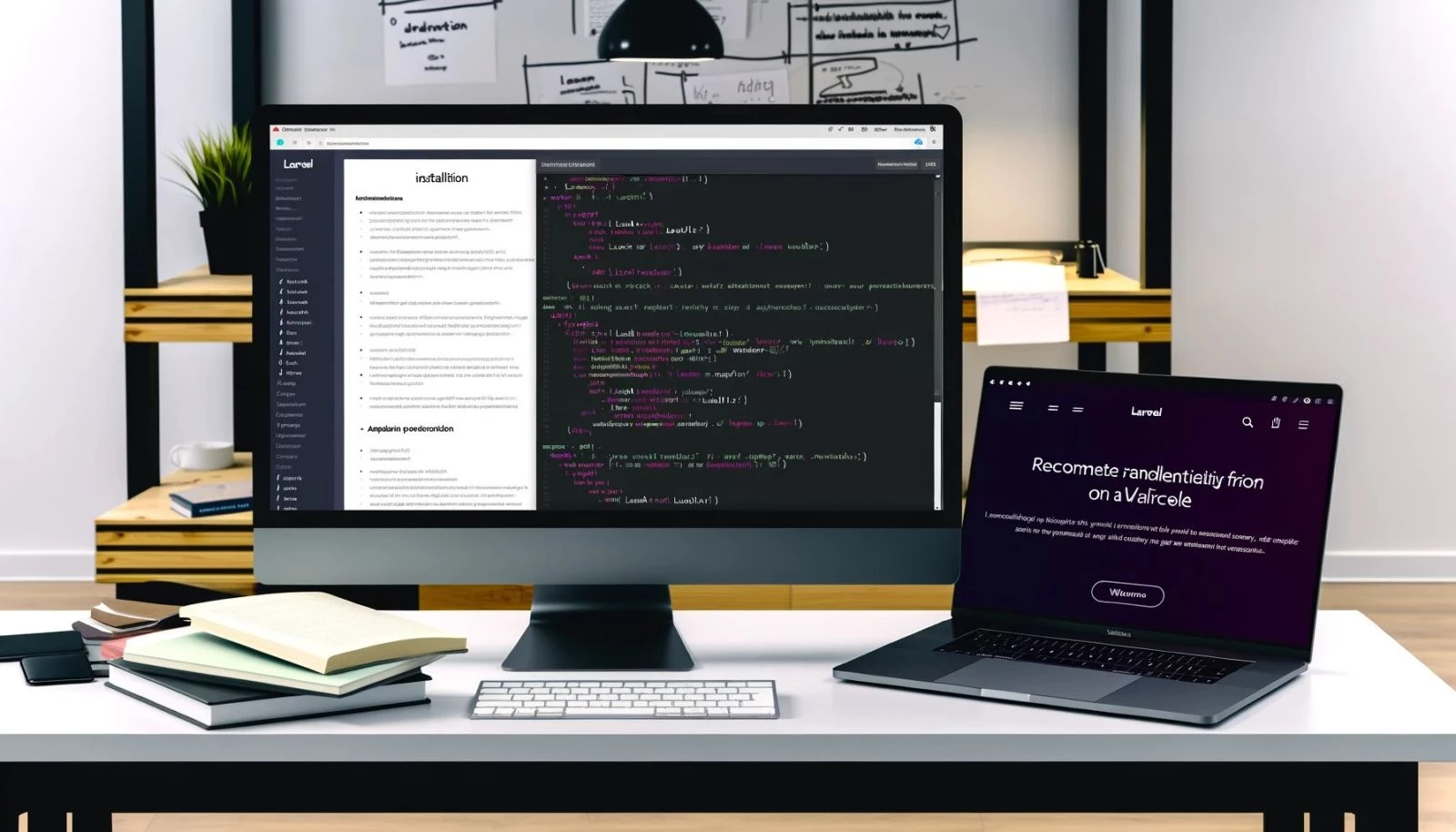
Set up your Laravel development environment effortlessly with our guide. From PHP installation to running your first Laravel project, we cover all the essential steps.
Setting up your Laravel development environment is the first step toward building robust web applications with one of the most popular PHP frameworks. This setup process involves several components, including installing PHP, a web server, and Composer, Laravel's dependency manager. Here's how to get started:
php -v in your command line. Laravel documentation specifies the required PHP version.
composer global require laravel/installer in your command line. This command installs Laravel's command-line tool, making it easy to create new Laravel projects.laravel new project-name, replacing project-name with your desired project name. This command creates a new directory with all Laravel files and dependencies.php artisan serve. This command starts a development server, making your Laravel application accessible via a web browser.Conclusion Setting up your Laravel development environment might seem daunting at first, but following these steps will ensure you're ready to start developing with Laravel. With your environment prepared, you're well on your way to creating dynamic and powerful web applications.
Stay tuned for our next post, where we'll dive into the basics of routing in Laravel, an essential component for directing traffic within your applications.

